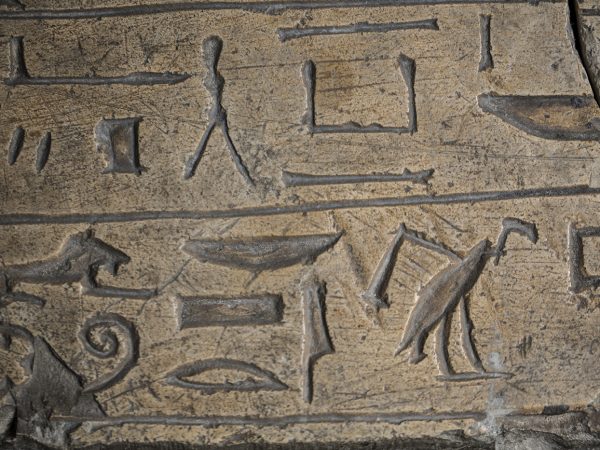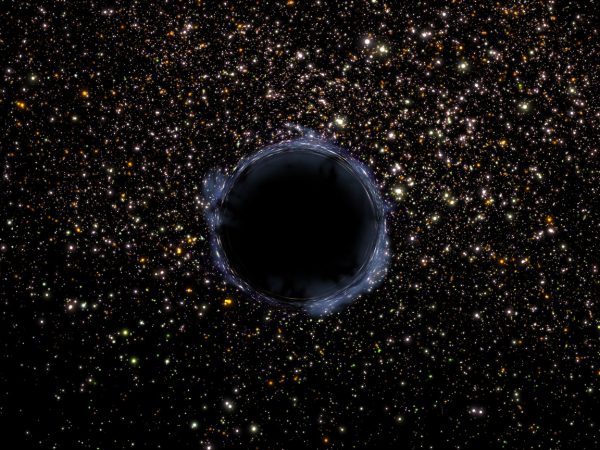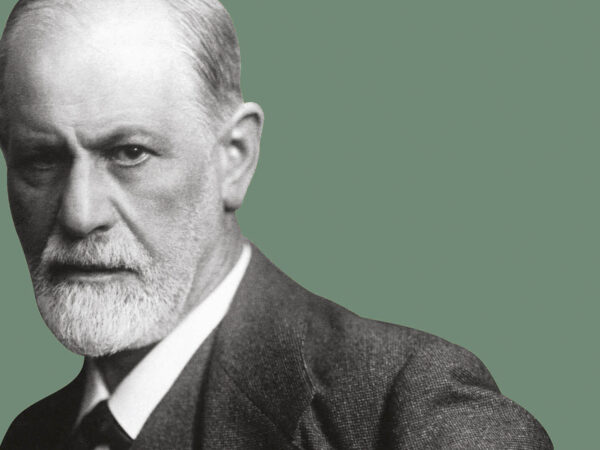Sigmund Freud took a strong interest in anxiety throughout his professional life.
His thinking about the subject changed significantly as his psychoanalytic theories evolved.
By the end of his life, anxiety had become central to his theory of the development and functioning of the mind.
First phase: the toxic theory
“Anxiety arises from a transformation of the accumulated tension.”Sigmund Freud
Freud’s earliest theory of anxiety goes back to the mid-1890s, predating even his use of the term ‘psychoanalysis’ itself.
At this early stage he didn’t consider anxiety to be related to thoughts or ideas, but he did observe that it was closely linked to sexuality, defining it as sexual excitation that has been transformed.
At this time, Freud thought of this sexual excitation (or ‘libido’ as he called it) as a hypothetical substance that we might compare to something like testosterone.
Freud’s argument was that when the path to satisfaction is blocked (for instance, in coitus interruptus, when sexual intercourse ends before ejaculation), the resulting build-up of unsatisfied libido takes on a toxic character, finding an outlet in anxiety. As he would later put it, “neurotic anxiety arises out of libido, and is thus related to it in the same kind of way as vinegar is to wine.”
Second phase: anxiety as a result of repression
“Anxiety arises out of libido by the process of repression.”Sigmund Freud
Freud’s views on anxiety shifted as he developed his theory of repression, which describes how the ideas connected to sexual urges are repelled from consciousness when they come into conflict with ‘civilised’ social norms. In other words, Freud claimed that the process of becoming social beings requires us to give up some of our sexual impulses.
His earlier ‘toxic theory’ of anxiety as transformed sexual excitation was preserved, but with an important modification: while his earlier views assumed the cause of anxiety to be external blocks to sexual release, the theory of repression shifted the emphasis to internal ones. It is a theory of psychological inhibition.
Final phase: anxiety as a signal
“The ego is the actual seat of anxiety.”Sigmund Freud
In the late 1920s, Freud began to introduce a new and very different theory of anxiety, eventually abandoning his earlier view of anxiety as transformed libido.
He made an important distinction between:
- a more primary automatic anxiety, triggered by a traumatic situation in which the helpless ego is overwhelmed, and
- signal anxiety, which can be activated in the ego response to situations of danger as a kind of warning that a traumatic situation is imminent, so that defensive measures can be put into place to avoid it.
These ‘danger situations’ tend to gravitate around the threats that arise from the prospect of being helpless and at the mercy of others: threats of losing a loved one, of losing another’s love, or of being attacked. Ultimately, Freud claimed, these threats are manifestations of a more fundamental threat, the threat of castration.
This new perspective led Freud to a complete reversal of his former position: whereas before he had posited anxiety as a result of repression, he now understood it as preceding repression and giving rise to it.
This final phase gives anxiety a much more central place in the workings of the psyche: instead of being a kind of side-effect of repression, it was now possible to think of the very contours of the mind itself, with its defences and symptoms, as above all a means of avoiding anxiety.
Please support us
An independent charity, we receive no public or government funding. We depend on the generosity of friends and supporters who are passionate about the Museum and its work.
Please consider making a donation to help secure the future of the Museum.
Discover More

Resource
The Interpretation of Dreams
A guide to Sigmund Freud's theory of dreams and his method of dream interpretation.

Resource
What is the Unconscious?
The unconscious has become a widely used term, but Freud meant something quite specific.




